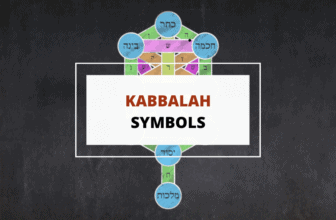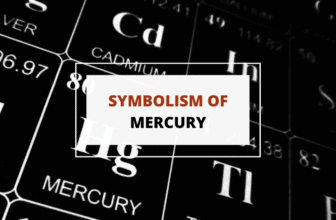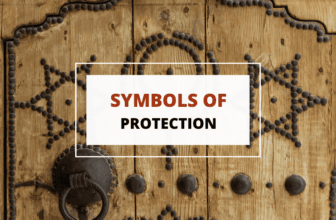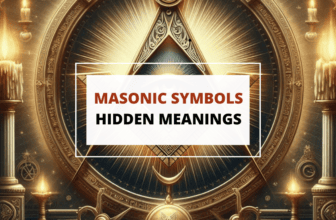
Table of Contents
Throughout history, symbols have been used to represent concepts, ideas, and movements. One of the most significant categories of symbols is empowerment.
These symbols are meant to represent the strength, courage, and resilience of individuals and communities, and inspire them to take action and make a difference.
Empowerment symbols have been used in various forms, from art to fashion to literature, to represent the struggles and triumphs of different groups. Some of these symbols have become universally recognized, while others remain specific to certain cultures or movements.
In this article, we’ll take a look at some of the most iconic symbols of empowerment throughout history, their meanings, and their impact on society.
1. Lotus flower

The lotus flower has long been a symbol of empowerment. In many cultures, it represents purity, rebirth, and spiritual enlightenment.
Its roots are firmly anchored in the mud, while its pristine flower rises above the water, a metaphor for transcending the challenges of life to attain higher levels of consciousness and personal growth.
In ancient Egypt, the lotus flower was a symbol of creation and rebirth, associated with the sun god Ra. In Buddhism, it’s a central symbol of the journey towards enlightenment, with each petal representing a different stage of spiritual growth.
Today, the lotus flower is a popular motif in art, fashion, and jewelry, and is often used as a symbol of feminine power and strength.
It teaches us that, no matter how difficult our circumstances may seem, we have the power to rise above them and blossom into our full potential.
It also serves as a reminder that beauty and strength can emerge from even the most challenging situations, and that we can find empowerment in our own resilience and growth.
2. Phoenix

The phoenix is a legendary creature that has captured the imagination of people around the world for centuries.
In Greek mythology, the phoenix is a bird that’s said to be reborn from its own ashes, symbolizing the cyclical nature of life and death. This powerful symbol of renewal and empowerment has been adopted by cultures around the world, from ancient Egypt to modern-day pop culture.
Variations of the phoenix exist in many mythologies, but what’s interesting is that the symbolism is similar regardless of the region. For example, in Chinese mythology, the phoenix is known as the Fenghuang, a symbol of peace, prosperity, and good luck. In Native American folklore, the thunderbird is a similar creature that represents power and strength.
The phoenix has also been used as a symbol of personal growth and transformation, reminding us that we have the power to rise from the ashes of our past and become stronger and more empowered than ever before. This powerful symbol can be seen in everything from literature and film to tattoos and jewelry and continues to inspire people to overcome adversity and embrace their inner strength and resilience.
3. Butterfly

From its humble beginnings as a caterpillar, the butterfly undergoes a metamorphosis and emerges as a beautiful, winged creature capable of flight. It represents growth, change, and the potential for personal transformation.
In ancient Greek mythology, the butterfly was a symbol of the soul, while in Chinese culture, it’s associated with love and longevity. It’s also a symbol of hope and healing, with some cultures believing that a butterfly’s presence can bring comfort and peace to those in need.
The butterfly encourages us to embrace change and transformation and reminds us that even the smallest of actions can have a significant impact. It teaches us to have faith in our own abilities and to trust the journey of personal growth and self-discovery.
4. Lion

The lion is a symbol of strength, courage, and power. This majestic animal is seen as a king of the animal kingdom, a fierce and majestic creature that commands respect and admiration.
In ancient Egypt, the lion was associated with the goddess Sekhmet, a powerful deity known for her strength and ferocity.
In modern times, the lion has become a popular symbol of empowerment, often used to represent qualities such as leadership, resilience, and determination.
From sports teams to corporate logos, the lion can be found in a variety of settings, serving as a reminder of our own inner strength and power.
The lion encourages us to be bold and courageous in the face of adversity and serves as a reminder that we have the strength and resilience to overcome even the greatest challenges.
5. Arrow

The arrow is a symbol of empowerment that’s been used throughout history to represent strength, focus, and determination.
Originating from the world of hunting and warfare, the arrow was seen as a powerful tool for achieving one’s goals and objectives with precision and accuracy.
In Native American cultures, the arrow was used as a symbol of protection and courage, representing the ability to defend oneself and one’s community against danger. It is also a symbol of spiritual growth and personal development, as the process of creating an arrow required patience, skill, and dedication.
Today, the arrow is still used as a symbol of empowerment, representing the importance of setting clear goals and pursuing them with focus and determination.
It’s a reminder to stay on course, even when faced with obstacles or setbacks, and to trust in our own abilities and intuition as we work towards our dreams.
The arrow also encourages us to take action and pursue our goals with purpose and clarity, reminding us that even the smallest of actions can have a significant impact on our lives and the world around us.
6. Tree

In many cultures, trees represent stability, wisdom, and connection to the earth. Trees have played a significant role in human history, providing shelter, food, and medicine, and serving as symbols of community and connectedness.
The tree serves as a reminder of our own strength and resilience, encouraging us to stay rooted and grounded even in the face of adversity. It teaches us the importance of growth and personal development and reminds us of the power of connection and community.
The tree can also serve as a reminder to take care of our physical and mental health, as we must nourish our roots in order to grow and thrive.
As we move through life, it encourages us to stay connected to our values and beliefs and to stay true to ourselves as we navigate the challenges and opportunities that come our way.
7. Ankh
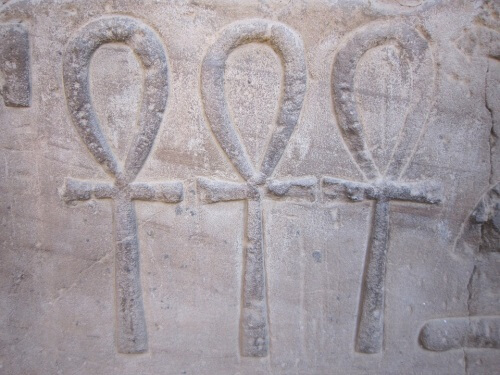
The ankh is a symbol of empowerment that originated in ancient Egypt. It was often depicted in the hands of gods and pharaohs, symbolizing the power of life and resurrection.
The ankh is said to represent the union of masculine and feminine energies, as well as the connection between the physical and spiritual worlds.
As a symbol of empowerment, the ankh reminds us of the power of life and the importance of cherishing each moment. It encourages us to embrace our own divinity and to seek balance in all aspects of our lives.
The ankh also serves as a reminder of our own mortality, urging us to make the most of the time we have and to leave a positive legacy for future generations.
8. Infinity symbol
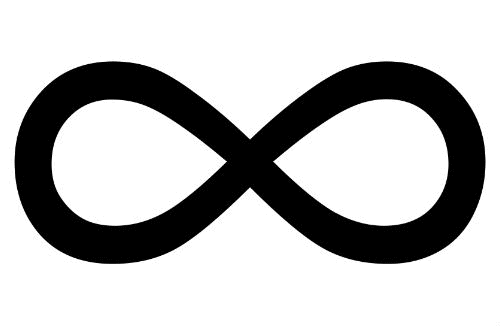
The infinity symbol represents the concept of endlessness and eternal possibilities. Its origin is not clear, but it’s been used in various cultures throughout history, including ancient India and Tibet.
This symbol reminds us of the infinite potential that lies within ourselves and the world around us. It encourages us to embrace change and to see challenges as opportunities for growth and transformation.
The infinity symbol also represents the interconnectedness of all things, reminding us that we are all part of a larger, infinite universe. It serves as a powerful reminder that we have the power to create our own realities and shape our own destinies.
9. Mandala
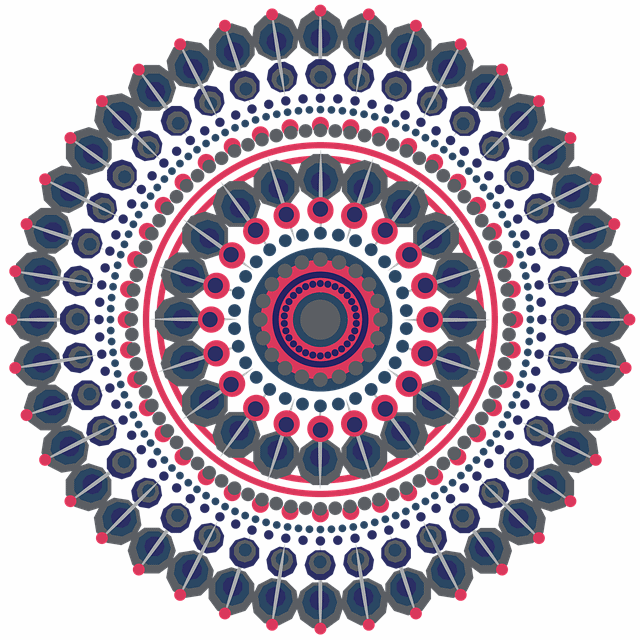
Originating in Hindu and Buddhist traditions, the word “mandala” means “circle” in Sanskrit, and the circular design of the mandala represents the unity and interconnectedness of all things.
The mandala reminds us of our own inner strength and the power of self-discovery. It encourages us to look within ourselves for guidance and to trust in our own intuition and inner wisdom. It also serves as a reminder of the infinite potential that lies within us and the universe as a whole.
In Hinduism, mandalas are used as tools for spiritual reflection and meditation, with each intricate pattern representing a different aspect of the divine.
In Buddhism, mandalas are used as part of a spiritual practice known as “sand mandala,” where monks create elaborate designs using colored sand as a form of meditation and contemplation.
10. Thunderbolt

The thunderbolt is a powerful symbol of empowerment. It was valued in ancient Greece, Hinduism, and Buddhism, to name a few. It’s no wonder Zeus’, the most powerful of the Greek gods, had a thunderbolt for a weapon.
In Hinduism, the thunderbolt, known as the vajra, symbolizes spiritual power and enlightenment. It represents the indestructible nature of the human spirit and the power to overcome obstacles and achieve one’s goals.
In Buddhism, it’s known as the dorje, a symbol of the diamond-like strength of enlightenment. It represents the unbreakable strength and unwavering determination needed to attain enlightenment.
As a symbol of empowerment, the thunderbolt encourages us to face our fears and overcome obstacles with courage and determination. The thunderbolt is a powerful reminder that we have the strength and power within us to achieve our goals and create a better future for ourselves and the world.
11. Spiral

The spiral symbol makes an appearance in cultures around the world, but most notably in ancient Celtic, Native American, and Maori cultures. Its shape represents the never-ending cycle of life, death, and rebirth.
In Celtic mythology, the spiral was a symbol of the sun, representing its journey through the sky each day. It was also associated with the goddess Brigid, who had the power to transform herself into a bird, symbolizing the cycle of life and death.
For Native Americans, the spiral represented the journey of life and the spiritual path to enlightenment. It was popularly used in their art and architecture, representing the interconnectedness of all things and the importance of living in harmony with nature.
As a symbol of empowerment, the spiral serves as a reminder of the cyclical nature of life and the power of transformation. It encourages us to embrace change and to see challenges as opportunities for growth and self-discovery.
12. Eye of Horus
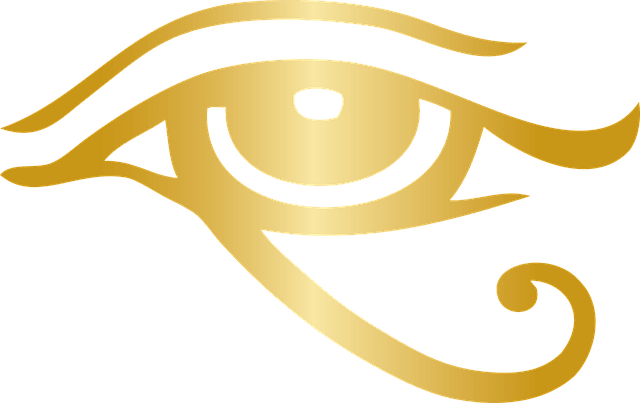
The Eye of Horus, also known as the Wadjet Eye, is one of the most iconic symbols of ancient Egypt.
According to legend, Horus, the falcon-headed god, lost his left eye in a fierce battle with his evil uncle, Set. With the help of the goddess Hathor, Horus’ eye was restored and became a symbol of protection and power.
But what makes the Eye of Horus truly special is its mathematical significance. The symbol is said to represent a mathematical fraction, with each part of the eye corresponding to a different value. The eyebrow represents 1/8, the eye itself represents 1/4, and so on. It’s a symbol that combines art, mythology, and mathematics!
Today, the Eye of Horus is still used as a symbol of protection and empowerment. Many people wear it as a talisman or amulet to ward off negative energy and attract good luck.
13. Triskele
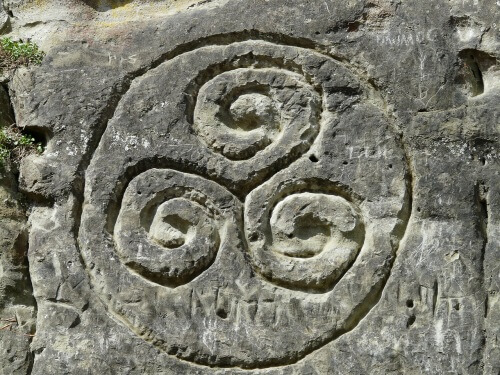
The triskele features three interlocking spirals that represent certain triads, including the past, present, and future; the elements of earth, water, and air; and the mind, body, and spirit.
The Celts saw it as a symbol of the goddess Brigid. It was also used by the Vikings as a representation of the god Odin, and by the ancient Greeks as a symbol of the three Fates.
In today’s world, the triskele is used as an empowerment symbol, representing strength, creativity, and the cycles of life.
It’s a reminder that everything in life is interconnected, and that each of us has the power to shape our own destiny.
14. Hamsa Hand
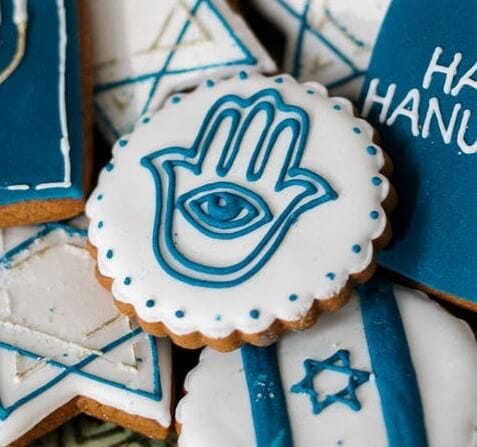
The Hamsa Hand, also known as the Hand of Fatima or Hand of Miriam, is a hand-shaped amulet. It’s used for protection against the evil eye and negative energies.
The origin of the Hamsa Hand is unclear, but evidence points to its origins in the Middle East and North Africa. The symbol has associations with Islam and Judaism, but it has also been used by Christians and Hindus.
The Hamsa Hand’s popularity is due to its versatility as a symbol. It’s a powerful reminder that we are not alone in this world and that we can call upon the protection of a higher power to guide us through difficult times.
Whether you wear it as a necklace, hang it on your wall, or use it in your daily meditations, the Hamsa Hand is a symbol of empowerment and a powerful tool for spiritual growth.
15. Sun

The sun is one of the most ancient and universal symbols of empowerment. Since the dawn of humanity, the sun has been worshipped as a deity and a source of life-giving energy.
Across cultures and time periods, the sun has been associated with power, strength, and vitality.
In ancient Egypt, the sun was worshipped as the god Ra, while in Greek mythology, it was personified as the god Apollo. In modern times, the sun continues to be celebrated as a symbol of renewal and empowerment, with many people incorporating it into their spiritual practices.
Wrapping Up
Symbols of empowerment have been used for centuries to inspire and motivate individuals to reach their full potential. No matter what symbol speaks to you personally, it’s important to remember that empowerment comes from within.
So, the next time you’re feeling stuck or in need of a little inspiration, look to these symbols of empowerment as a source of guidance and motivation. Let them remind you of the infinite potential that lies within you and let them guide you on your journey to becoming the best version of yourself.
Similar Articles:
15 Powerful Symbols of Life (And What They Mean)
16 Powerful Symbols of Knowledge and Their Meanings
19 Popular Symbols of Power with Their In-Depth Meaning




